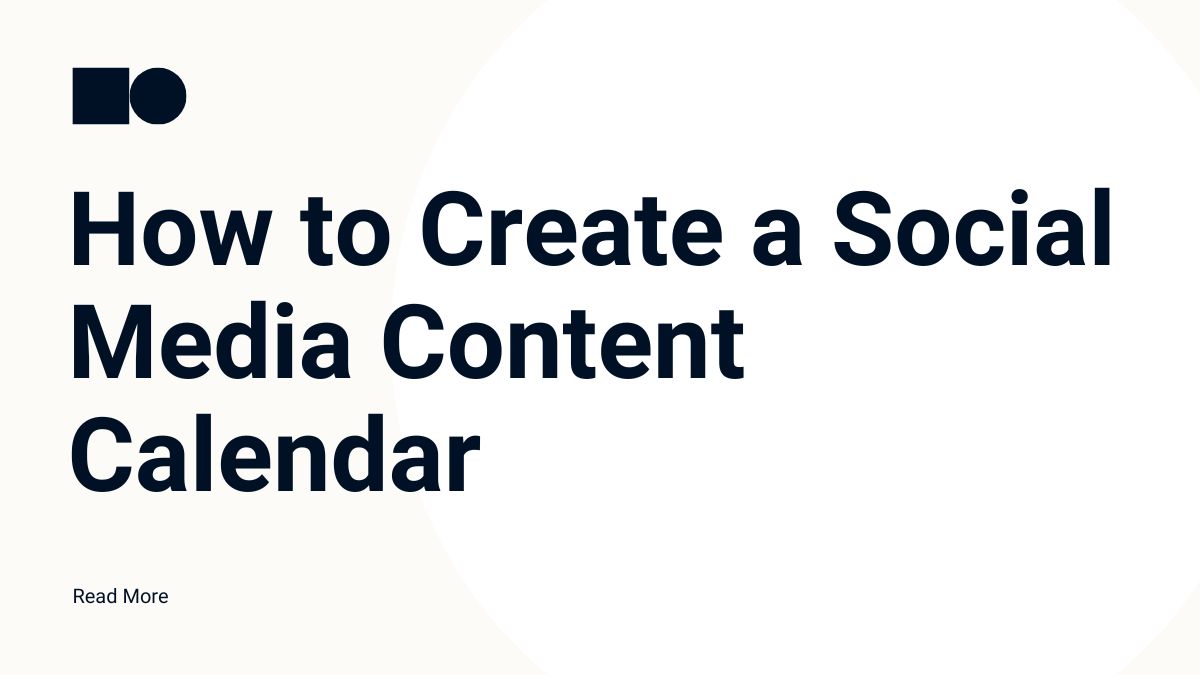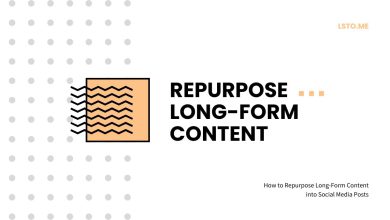
A social media content calendar is vital for businesses, marketers, and influencers. It helps them stay organized and consistent in their social media efforts. A good content calendar keeps a steady flow of content. It also ensures your social media campaigns align with your marketing goals.
This blog post will guide you. We’ll cover how to create an effective social media content calendar. It will include defining your objectives and scheduling posts. This guide will help you. It has tools and strategies to create a calendar that works for you. This is true whether you manage many social media accounts or are just starting.
Why You Need a Social Media Content Calendar
Before diving into the steps, it’s vital to know why a social media content calendar is crucial:
1. Consistency
Consistency is key to building and maintaining a strong social media presence. A content calendar helps you plan your posts. It ensures you post regularly, which can boost engagement and followers.
2. Efficiency
A content calendar lets you plan your content in advance. It saves you time and reduces last-minute stress. It also helps coordinate content across platforms and teams. This makes the process more efficient.
3. Strategic Planning
A content calendar helps align your social media with your marketing goals. It helps you plan campaigns around key dates and events. These include product launches, holidays, and other significant dates. This ensures your content supports your business goals.
4. Content Variety
Planning your content in advance allows you to diversify the types of content you post. This includes mixing your content formats, like videos, infographics, and blogs. Also, use user-generated content. This keeps your audience engaged and interested.
5. Better Analysis
A good content calendar helps you track and improve your social media performance. Regularly review your calendar. This will help you find what content your audience likes. Then, adjust your strategy.
Step-by-Step Guide to Creating a Social Media Content Calendar
Now that we understand the importance of a content calendar, let’s explore how to create one. Follow these steps to build a calendar that keeps your social media strategy on track.
Step 1: Define Your Social Media Goals
Before you start creating content, define your goals for social media. Your goals will guide the type of content you create and how you schedule it. Common social media goals include:
Increasing brand awareness
Driving website traffic
Generating leads
Boosting engagement
Building a community
Promoting products or services
Once you have clear goals, you can tailor your content to meet these objectives. For example, to boost engagement, create interactive content. Try polls, quizzes, or contests.
Step 2: Choose Your Social Media Platforms
Different platforms serve different purposes. Your content should vary based on where you plan to post it. Find out where your target audience is most active. Focus your efforts on those platforms. The most popular platforms include:
Facebook: Ideal for sharing a mix of content, including blog posts, videos, and promotional offers.
Instagram: Great for visual content, such as photos, videos, and stories.
Twitter: Best for real-time updates, news, and short, engaging content.
LinkedIn: Suited for professional content, industry news, and B2B marketing.
Pinterest: Perfect for sharing visual content, such as infographics, tutorials, and product images.
YouTube: Ideal for video content, including tutorials, product demos, and vlogs.
Choose platforms that align with your goals and audience. Focus on creating content that resonates with users on those channels.
Step 3: Determine Your Content Types
A successful social media strategy involves posting a variety of content types. This keeps your audience engaged and allows you to experiment with different formats to see what works best. Common content types include:
Blog Posts: Share links to your latest blog posts to drive traffic to your website.
Videos: Create engaging video content, such as tutorials, behind-the-scenes footage, or product demos.
Images: Post high-quality images, including infographics, memes, or product photos.
Quotes: Share inspirational or industry-related quotes that resonate with your audience.
User-Generated Content: Repost content created by your followers or customers, which can build community and trust.
Polls and Surveys: Engage your audience with interactive content, such as polls or surveys.
Announcements: Promote new products, events, or special offers.
When planning your content calendar, mix these content types. It will keep your social media feeds dynamic and engaging.
Step 4: Create a Content Repository
A content repository is a central place to store all your content ideas, assets, and resources. It can be a simple spreadsheet, a Google Drive folder, or a more advanced content management tool. Your repository should include:
Content ideas: A running list of ideas for future posts.
Assets: Images, videos, graphics, and other visual elements.
Templates: Reusable templates for social media posts, such as Instagram stories or Facebook ads.
Copy: Pre-written captions, headlines, and descriptions.
A content repository lets you quickly access and organize your content. This makes it easier to plan and schedule posts.
Step 5: Choose a Content Calendar Tool
Many tools can help you create and manage your social media content calendar. Some popular options include:
Google Sheets or Excel: Simple and customizable, spreadsheets are a great option for those who prefer a hands-on approach.
Trello: A visual project management tool that allows you to organize your content ideas, tasks, and deadlines using boards and cards.
Hootsuite: A social media management tool that includes a built-in content calendar feature, allowing you to schedule and publish posts across multiple platforms.
CoSchedule: A marketing calendar tool designed for managing and scheduling social media, blog posts, and email campaigns.
Buffer: Another social media management tool that allows you to plan and schedule posts across different platforms.
Choose a tool that fits your needs and workflow, and use it to organize your content calendar.
Step 6: Plan Your Content Calendar
Now it’s time to start filling in your content calendar. Start by mapping key dates, like holidays, product launches, and events. Next, plan your content around these dates. It must align with your goals.
For each post, include the following details in your calendar:
Date and time: When the post will go live.
Platform: Where the post will be published.
Content type: The format of the post (e.g., video, image, blog link).
Copy: The caption or description that will accompany the post.
Visual assets: Any images, videos, or graphics that will be used.
Call to action: What you want your audience to do after seeing the post (e.g., click a link, comment, share).
Step 7: Schedule and Automate Your Posts
Once your content calendar is complete, you can start scheduling your posts. Many social media tools, like Hootsuite and Buffer, let you schedule posts in advance. This saves you time and ensures your content goes live at the best times.
When scheduling your posts, consider your audience’s behavior and time zones. Posting at the right times can significantly increase your reach and engagement.
Step 8: Monitor and Adjust Your Strategy
Creating a content calendar is not a one-time task. It’s important to regularly review your social media performance and make adjustments as needed. Use analytics tools to track key metrics: engagement, reach, clicks, and conversions. Identify what’s working and what’s not, and tweak your strategy accordingly.
Regularly updating your content calendar with new ideas will keep your social media strategy fresh.
Conclusion
A good social media content calendar can be a powerful tool. It can help you stay organized, consistent, and reach your marketing goals. These steps will help you create a calendar. It will align with your strategy, save you time, and boost your social media efforts.
Remember, success is not just in planning. It’s about being flexible and responsive to changes in your audience and industry trends. By monitoring and adjusting your content calendar, you can stay ahead. This will keep your social media strategy effective and successful.




